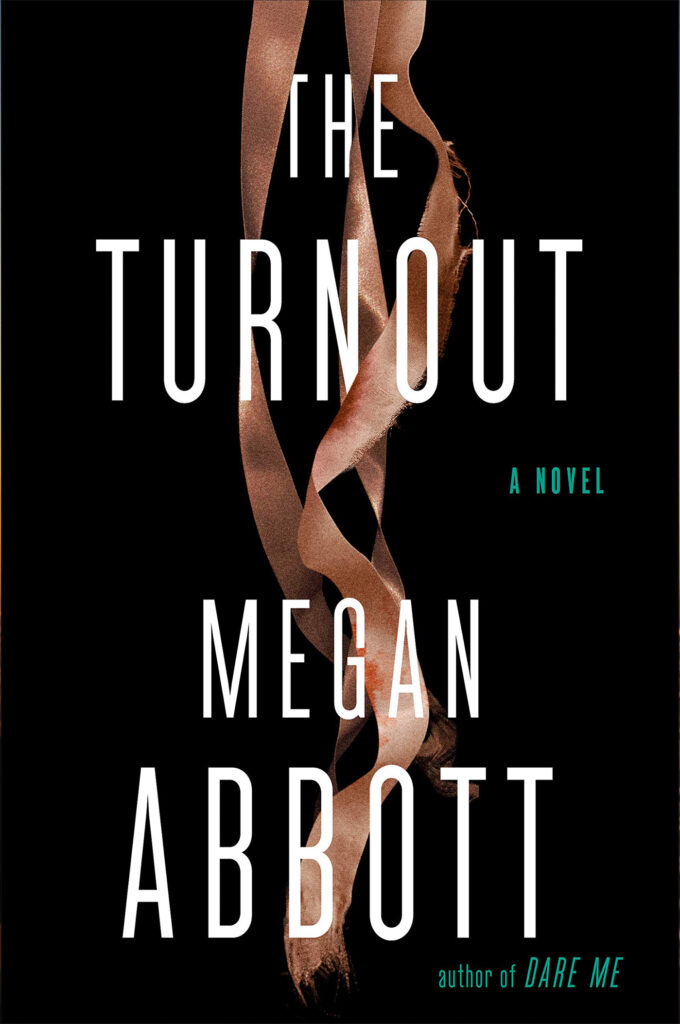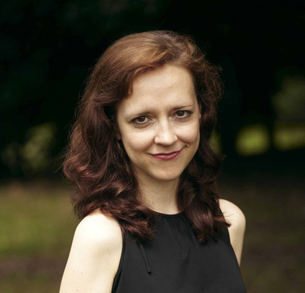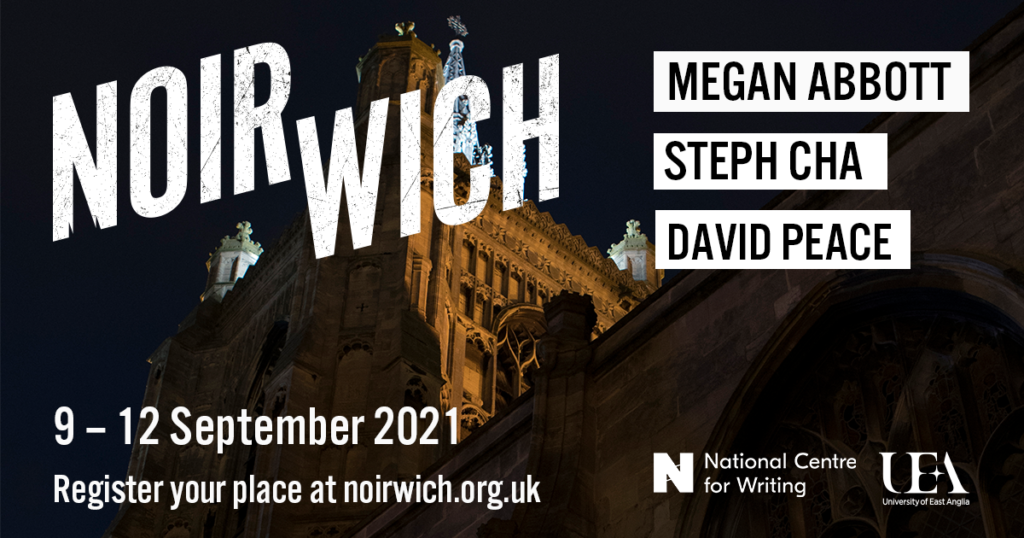Megan Abbott, The Turnout
Review by Lee Horsley
Megan Abbott’s The Turnout is a mesmerising novel, wonderfully written and vividly imagined. At once brutal and delicate, it takes place in the world of a decaying, secret-laden ballet school. Some of Abbott’s most remarkable earlier crime novels have also explored, to stunning effect, the obsessive, competitive lives of teenage girls who commit themselves to intensely demanding physical disciplines – the cheerleaders of Dare Me, the gymnasts of You Will Know Me. The ballet performances at the heart of The Turnout require an even more extraordinary level of dedication, offering success only to those select few capable of giving themselves over completely to its punishing and traumatising discipline.
The novel’s title refers to a freakishly difficult dancer’s skill – one that acquires considerable imagistic significance. Achieving turnout is “a rite of passage”, an unnatural and extremely painful accomplishment that enables dancers to rotate their legs from their hip sockets. The founder of the school loved to tell her daughters how, at the age of ten, she had mastered turnout under the tutelage of a Great Diva:
“Suddenly, something snapped inside and her hips and legs felt infinitely pliable, soft taffy, a slinky expanding. Her hips, hot and newly supple, opened like a book from the center of her body. It felt glorious and so painful she saw stars. But she did not stop. Why would she? That feeling, that sensation hot in the center of her… It was, she told them, the greatest feeling of my life.”
The ecstatic torturing of one’s own body is one of The Turnout‘s defining themes. Again and again, the barely pubescent dancers experience this merging of agony and pleasure. Longing to ascend to the highest degree of perfection, they force their bodies into unnatural shapes, enduring torment to achieve ballet’s illusion of effortless, ethereal beauty.
The nurturing of such perfection has long been the mission of the Durant School of Dance, which has been in the family since the mid-1980s. Since the death of their mother, who created it, the sisters Dara and Marie, together with Dara’s husband Charlie, have presided over all aspects of the school. The three have lived together in the same house since their early teens, when Charlie was taken in by their mother and became part of their household – a boy of great beauty and talent, who at the beginning was a dancer himself, but now suffers from a back ruined by years of ballet injuries. It is a claustrophobic gothic fantasy saturated with both pain and sensuality. The entwining of the three of them is at the heart of the novel: “Back then, it seemed impossible to be any closer. The three of them, so entwined. Charlie was Dara’s husband, but he was also so much more. Dara, Marie, and Charlie, their days spent together at the studio, their nights in their childhood home. Back then.”
Their childhood home, their dance studio and their intense private world are all put under threat when fire ravages a part of the already run-down studio and their lives are invaded by Derek, a larger-than-life contractor who assures them he will put right the damage. He also, however, aims at far more, as his familiarity with family members becomes increasingly charged with seductiveness and menace: “This monster, this Big Bad Wolf, this bloodsucker who never should have been let in, this stranger who never belonged…” To Dara, he seems to become larger by the day, swinging his long hammer and flashing his preternaturally white smile – “smiling with hundreds of teeth” as his manly boots track mud on the steps of the ballet school: “mud tracks, his signature tattoo, his imprint all over the studio every day…a man who goes as he pleases, who knows no boundaries, who leaves messes in his wake.” Like so much in The Turnout, the swaggering Derek carries with him echoes of the darkest fairy stories, wielding power not only in his apparently never-ending changes to the building but in his assault on the very fabric of the family group.
The whole of Abbott’s narrative is mapped on to the dreamlike world of the school’s annual production of The Nutcracker, “a young girl’s dream of peering over the precipice into the dark furrow of adulthood and finding untold pleasures.” The frightening but mysteriously compelling contractor is echoed by the figure of the Nutcracker – its huge papier-mâché head faded by time but its “bared-teeth grin” looming as large as ever, presiding over “a dream of hunger, of appetite” that was, like all fairy tales, “much darker, stranger than you guessed.” The version of the story read to Dara and Marie by their mother was E.T.A. Hoffmann’s Nutcracker and Mouse‑King, illustrated by “gaudy, frightening images” that underscored the darkness of the story – “a warning for those who become lost to desire.” Abbott’s hypnotic, beautifully modulated style carries her readers into an erotic noir fable, in which human fragility is at every point threatened by the deceits, dark desires and murderous impulses that are never as far from the radiant surface as we imagine them to be.
Megan Abbott will deliver the 2021 Noirwich Crime Writing Festival Lecture



